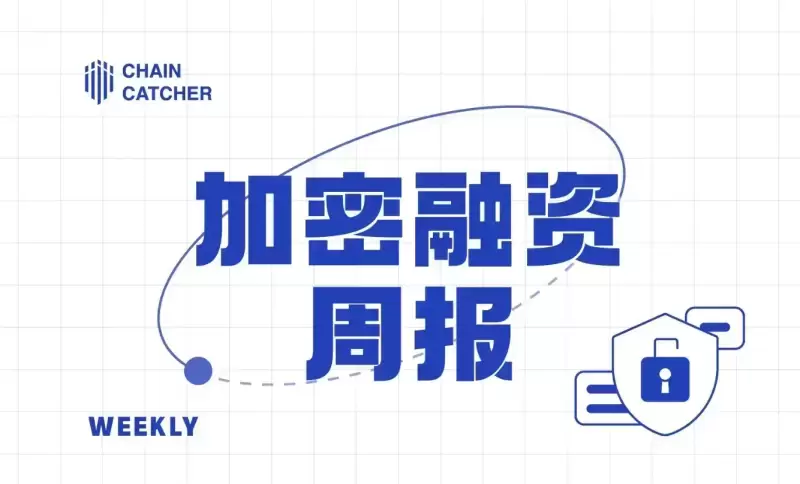 |
|
 |
|
 |
|
 |
|
 |
|
 |
|
 |
|
 |
|
 |
|
 |
|
 |
|
 |
|
 |
|
 |
|
 |
|
Cryptocurrency News Articles
Replacing the Ethereum Virtual Machine (EVM) contract language with the RISC-V instruction set architecture
Apr 21, 2025 at 12:15 am
Ethereum co-founder Vitalik Buterin has proposed replacing the current Ethereum Virtual Machine (EVM) contract language with the RISC-V instruction set architecture to improve the speed and efficiency of the Ethereum network's execution layer.
Ethereum co-founder Vitalik Buterin has proposed replacing the current Ethereum Virtual Machine (EVM) contract language with the RISC-V instruction set architecture to improve the speed and efficiency of the Ethereum network's execution layer.
In a blog post on April 19, Buterin proposed several long-term bottlenecks for scaling the Ethereum network including, stable data availability sampling, ensuring block production remains competitive, and zero-knowledge EVM proving.
The Ethereum co-founder argued that the RISC-V architecture would be ideal for keeping block production markets competitive and improve the efficiency of zero knowledge functions for the execution layer. Buterin wrote:
"The markets for block space and for efficient zkp prover time are both closely linked to the overall performance of the execution layer. If the execution layer gets faster, it can process more transactions, leading to higher demand for block space and pushing up block prices. But if the execution layer gets faster, it can also perform more zkp computations within the same time period, leading to lower zkp prover time prices."
The proposal highlights the Ethereum network's struggle to improve throughput and remain competitive with next-generation monolithic blockchains such as Solana and the Sui networks at a time when investors are losing confidence in the original smart contract blockchain.
Earlier this year, Buterin warned that Ethereum's layer-2 scaling solutions were leading the network down a "roadmap to hell" as they threatened to overwhelm the base chain and could ultimately destroy the Ethereum network.
Buterin's comments came as the price of Ether dropped to 13-month lows of $1,200 amid a shortfall in investor expectations for the blockchain's scaling capabilities.
At the beginning of 2023, investors were optimistic that Ethereum would complete its transition to a proof-of-stake consensus model and begin rolling out scaling solutions such as StarkNet and Optimism to lower transaction costs and improve throughput.
However, despite the successful launch of Ethereum's Shanghai upgrade in March 2023, which enabled the transition to a proof-of-stake consensus model and unlocked liquidity for early contributors, optimism surrounding Ethereum's scaling capabilities has waned.
After struggling to maintain an optimistic outlook on the future of the Ethereum network throughout 2023, investors have begun to turn their attention to next-generation blockchains that offer superior performance and lower transaction costs.
Optimistic outlooks for the future of the Ethereum network have dwindled as investors become increasingly pessimistic over the pace of innovation in the blockchain industry.
Disclaimer:info@kdj.com
The information provided is not trading advice. kdj.com does not assume any responsibility for any investments made based on the information provided in this article. Cryptocurrencies are highly volatile and it is highly recommended that you invest with caution after thorough research!
If you believe that the content used on this website infringes your copyright, please contact us immediately (info@kdj.com) and we will delete it promptly.
-

-

-
![Artificial Superintelligence Alliance [FET] has rallied 53% in 11 days Artificial Superintelligence Alliance [FET] has rallied 53% in 11 days](/assets/pc/images/moren/280_160.png)
-

-

-

-

-

-

- Pi Protocol Chooses Solana as Its Native Blockchain Network to Enhance the Efficiency and Scalability of Its USPi Governance Token
- Apr 21, 2025 at 10:20 am
- Pi Protocol, a recently launched stablecoin initiative spearheaded by Tether co-founder Reeve Collins, has officially chosen Solana as its native blockchain network.
























































